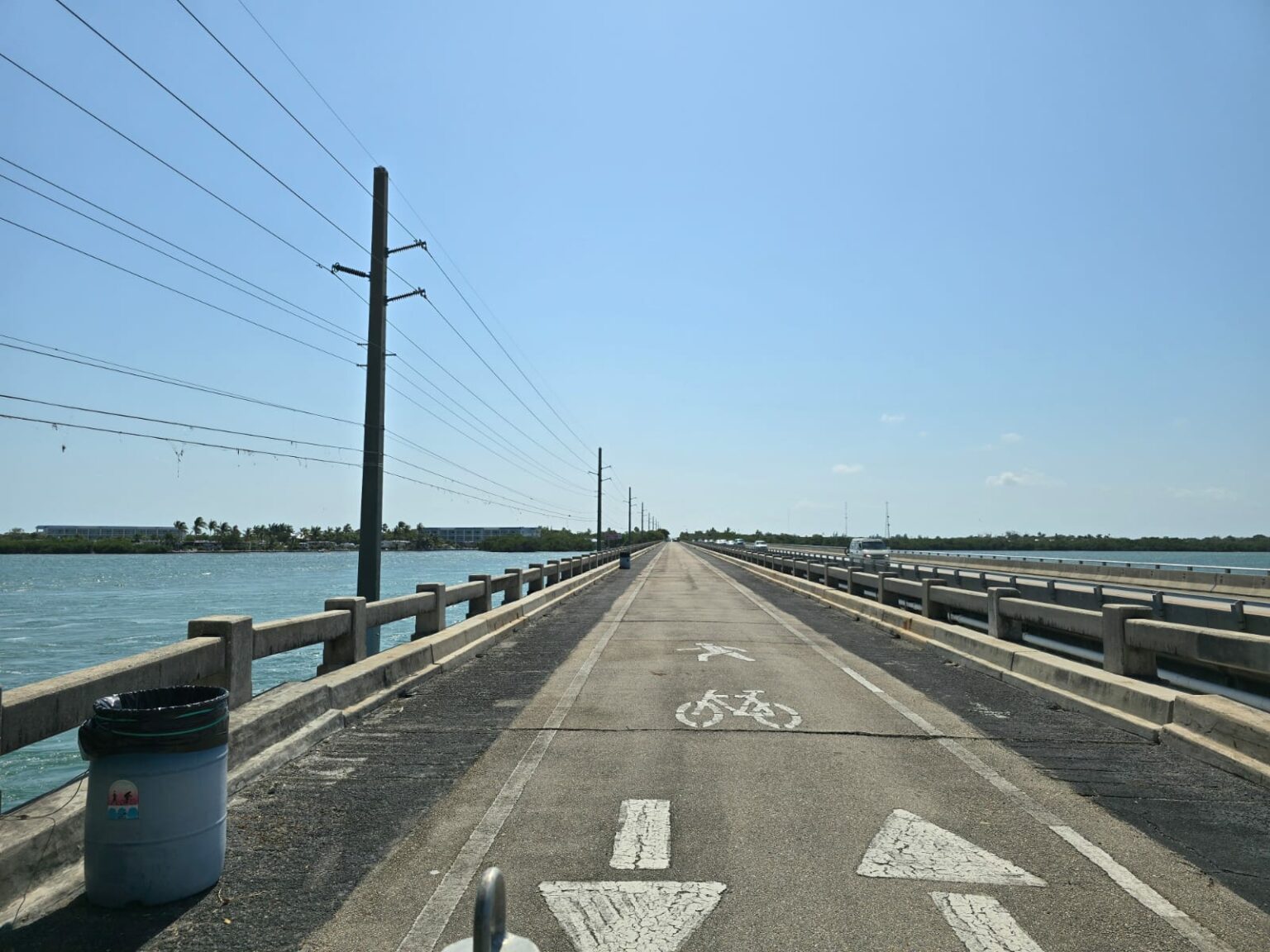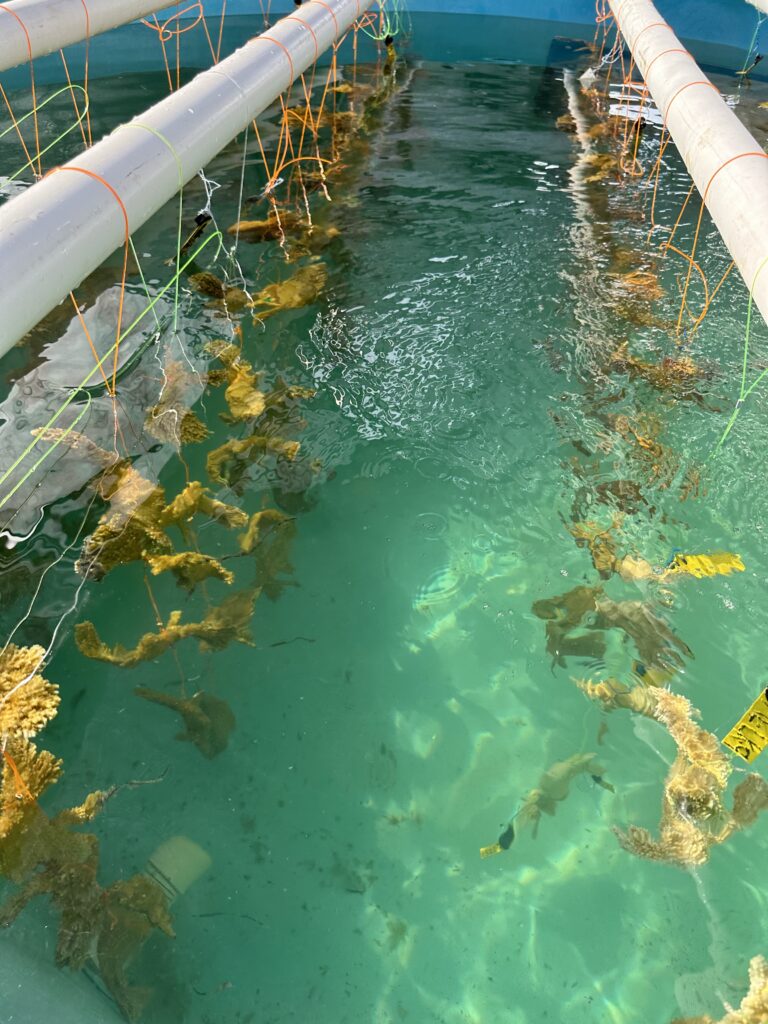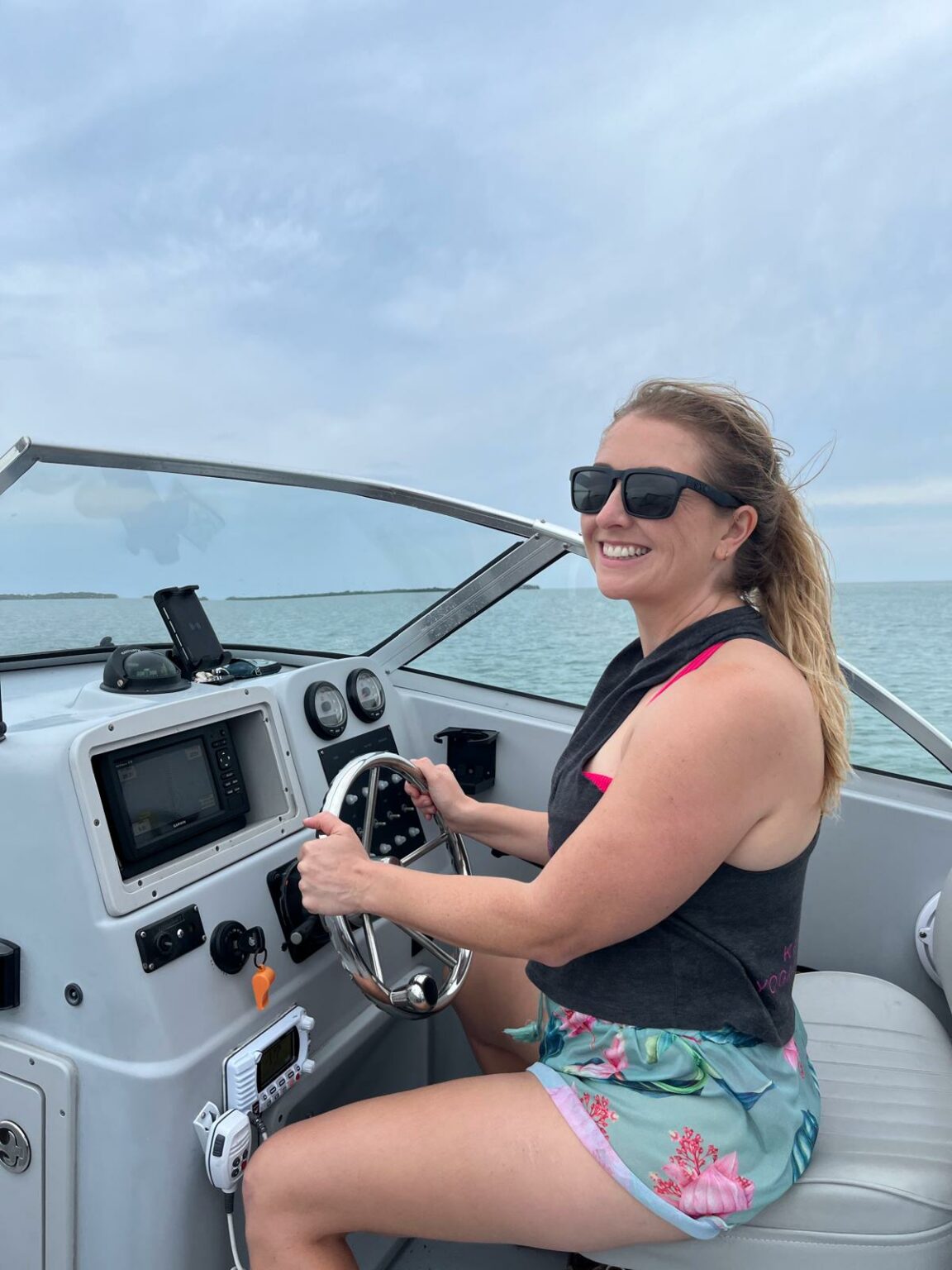Everyone says it the same thing: The Florida Keys are a special place. But what does that really mean? Weekends in the Florida Keys are spent on the boat, collecting crab traps, floating at the sandbar, bathing in the warm sunshine. During the week life isn’t much different; sunset paddles, coconut shrimp, and happy hour drinks overlooking the water. At work it seems as though flip-flops and sunglasses are mandatory uniform. Family homes in the Keys come with their own boat docks, and fishing isn’t just an occasional hobby, it’s a daily activity.
But it’s not just the relaxed island-life vibe that makes this place special. The community in the lower Florida Keys is a unique mix of locals, conchs (an affectionate term used for Keys old timers), snowbirds, workers, and visitors, and since the areas is relatively remote and isolated, a lot of effort goes into making and maintaining a social life. If you love the ocean, you automatically have a mutual interest with almost everyone who lives here. The community, despite its small size, is thriving with a common interest in the unique natural beauty surrounding us.
Putting the people aside, the fauna and flora of the Florida Keys are beautiful. Even after a year here, the experience of driving over the 7-mile bridge, with multi-colored blue and turquoise water either side, dotted with mangrove tree-covered islands, takes my breath away. This string of islands linked by 1 road and 42 bridges from mainland US to Key West feels tropical, the Caribbean influence increasingly apparent as you arrive to the Lower Keys. Closer to Cuba than Miami and drenched in magical tales of square groupers, lost gold, and pirates, the remote Southernmost Islands of the US were my home for the past year, as a Fulbright Research Scholar.

The Fulbright All Disciplines Research Scholar Award is one of the most competitive grants available from the US-UK Fulbright Commission, and I was lucky enough to be awarded a full 12-months of stipend support to conduct my research project ‘Tracking Calcification: A Novel Biogeochemical Tool for Reef Restoration Monitoring’ in the US. Out of all of the amazing research institutes with access to the Florida Reef Tract, I selected Mote’s International Center for Reef Research and Restoration (IC2R3) on Summerland Key for my Fulbright year. Having visited IC2R3 for workshops and research visits in the past, I was impressed with the facility, and it was a long-held dream to return there and join the team.
Mote’s micro-fragmentation technique, which I first learned about at Dr David Vaughan‘s workshop in 2018 was pioneered by aquarists and applied on a larger scale to reef restoration at Mote IC2R3. The method of breaking corals into tiny pieces results in fast coral growth and facilitates the production on thousands of corals from small subsets of field collected corals. The abundance of coral frags, and the system of raceways built to house them makes for the perfect set-up for researchers such as myself to work on testing physiology and health of the restoration corals.
The proposal I had written for the grant was dense with experiments, including lab, field, and aquarium trials of the method development I was working on with Principal Investigator Dr Tyler Cyronak. I planned to deploy the benthic chambers I developed during my PhD to measure calcification in the field, collect sea water samples from incubated corals, and take them to Dr Cyronak’s lab at Georgia Southern University for analysis. I successfully applied for a Protect Our Reefs fieldwork grant to collect samples at Mote’s reef restoration sites and was enthusiastic to complete this groundbreaking research project.
However, Summer 2023 on the Florida reef Tract was not what anyone had expected, and the catastrophic mass coral bleaching changed everything. While on fieldwork with the incredible dive team of Dr Lauren Toth at the US Geological Survey, we were dumbfounded to find that from one week to the next, all of the corals we were surveying had bleached. The water felt like a warm bath, and I even got a mild heat stroke on my first day of fieldwork, by naively wearing a wetsuit in 35°C water. As I sipped my electrolytes on the solemn drive back to land, I couldn’t unsee the white corals, glowing for our attention in the murky hot seawater soup. The heatwave lasted weeks, and then months, an unprecedented length of time that wiped out nearly all of the remaining corals of the Florida Reef Tract.
Measuring coral calcification of bleached corals might have been an interesting question, yet it was not the one I was funded to ask, and there was no way I could even think about taking valuable boat time away from the coral rescue mission. There was simply no way to complete my proposed project. Instead, I tried to support the team at Mote who were leading the coral rescue from the field and preserving live corals for future restoration.
Day after day of record-breaking temperatures, and the team did not waiver in their mission to bring thousands of corals into temperature-controlled aquaria. We desperately tagged corals and logged genotypes before accommodating them in tanks that were never designed for such a catastrophic event. We watched as the delicate fragments of Staghorn coral from the nurseries died due to the stress they had already endured and the cramped conditions in the tanks. I saw colleagues work evenings, weekends, early mornings, and late nights, loading what seemed like endless fragments of corals onto trucks to distribute at different facilities and preserve in the Mote gene bank in Sarasota.
We all took stock. How could reef restoration efforts contend with seawater almost warm enough to cook lobsters in-situ? This question still echoes through the reef restoration community today with no clear-cut answer.

Already tired of the dire reality of climate change, and burned out from the challenges of academic research, I took a step back. The situation felt helpless and hopeless, and as an outsider at Mote, there was very little I could do to assist. Once the immediate rescue was over, there was nothing to be done other than to wait. Only with the arrival of the cooler fall weather could we know if the feverish temperatures had killed all of the corals, or if some would recover.
I could not finish my research project, but I was still here, right on the Florida Reef Tract. There was more than half of my Fulbright year left to go, an opportunity I had worked hard to get. So, I switched gears. I took some time away from the screen. I visited Georgia Southern University in Savannah and gave a talk to the department about my work on deoxygenation. I drove to Miami and got to know about some of the research taking place at the different institutions there, discussed what we had witnessed over the summer and what could be done differently in the future. I met with local artists and began a collaborative project to bring the experience of the underwater world to land using experiential art.
Slowly and without realizing it, things changed. I made friends with the local community and talked with them about the coral reef crisis and all the hard work and collaboration in Florida and around the world to combat such events in the future. I answered the questions: yes, it is true that the ocean is getting warmer, and yes, thermal stress is causing the coral bleaching. I discussed my research, the climate crisis, and why corals are so important for the longevity of coastal communities.

In turn, my new friends taught me how to fish, to drive boats, and even to play cornhole. I listened to country music, shared a house with a local artist, and volunteered at the Key West Yoga Sanctuary where I made a whole new network of connections. I paddle boarded in the mangroves with manatees, boated alongside dolphins, and snorkeled with sharks. I learnt about the rich history of the area from locals who have been here since the 50’s. My new friends taught me not only about the local culture, but also about the environmental issues here in the keys and how they affect the daily lives of the people and economies here. I learned about the political debate behind many of the local challenges, and I remembered that I wasn’t just here to run samples in the lab or crunch data at the computer.
The true value of the Fulbright program is the community-centered networking, cultural immersion, and knowledge exchange. While my academic project was not feasible in the circumstances, I learned many new things and made friends and connections that I could not have made without the support of the Fulbright. What is more, the connections and contacts I made have led to new ideas, future collaborations, and sharing coral reef science to a new audience that I could not have reached before.